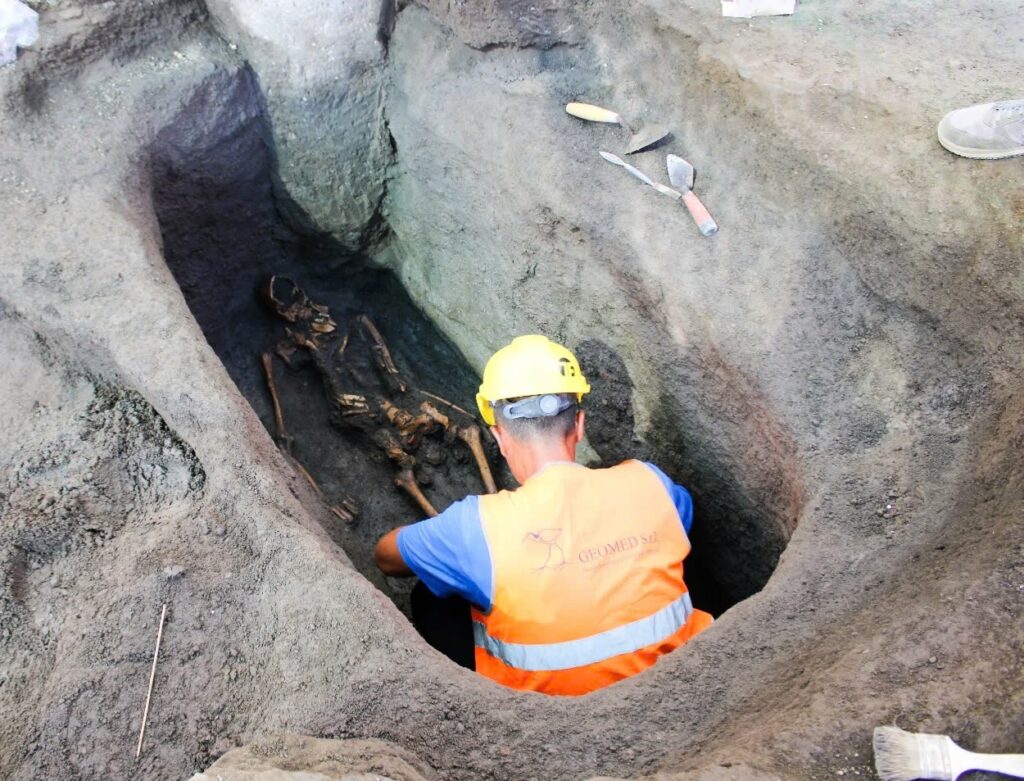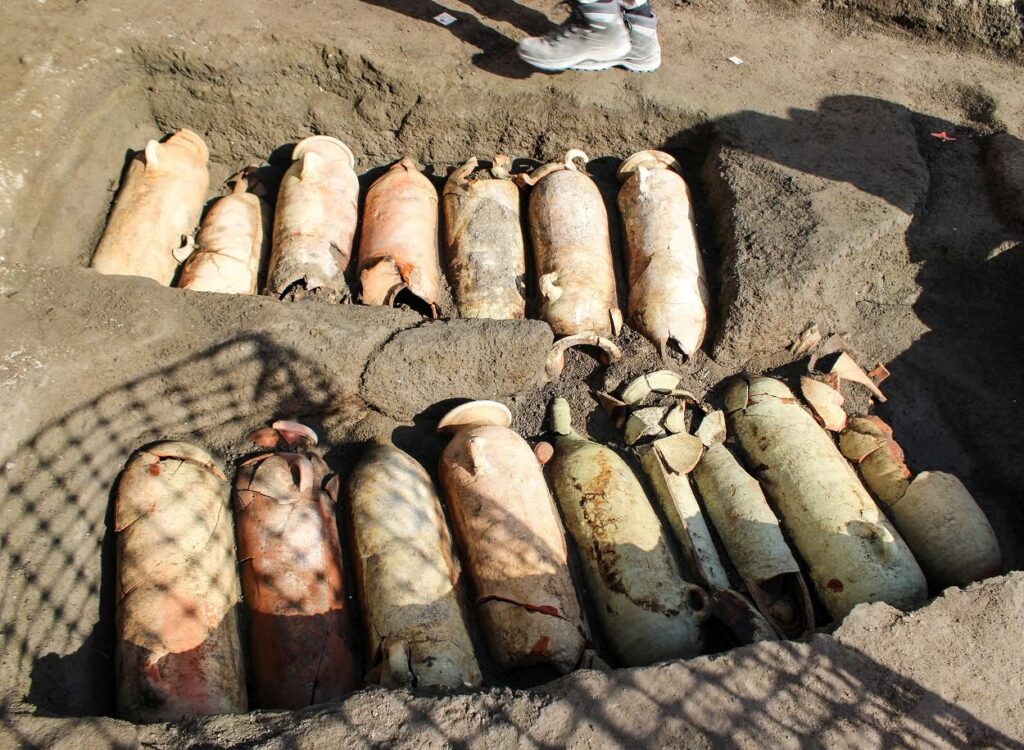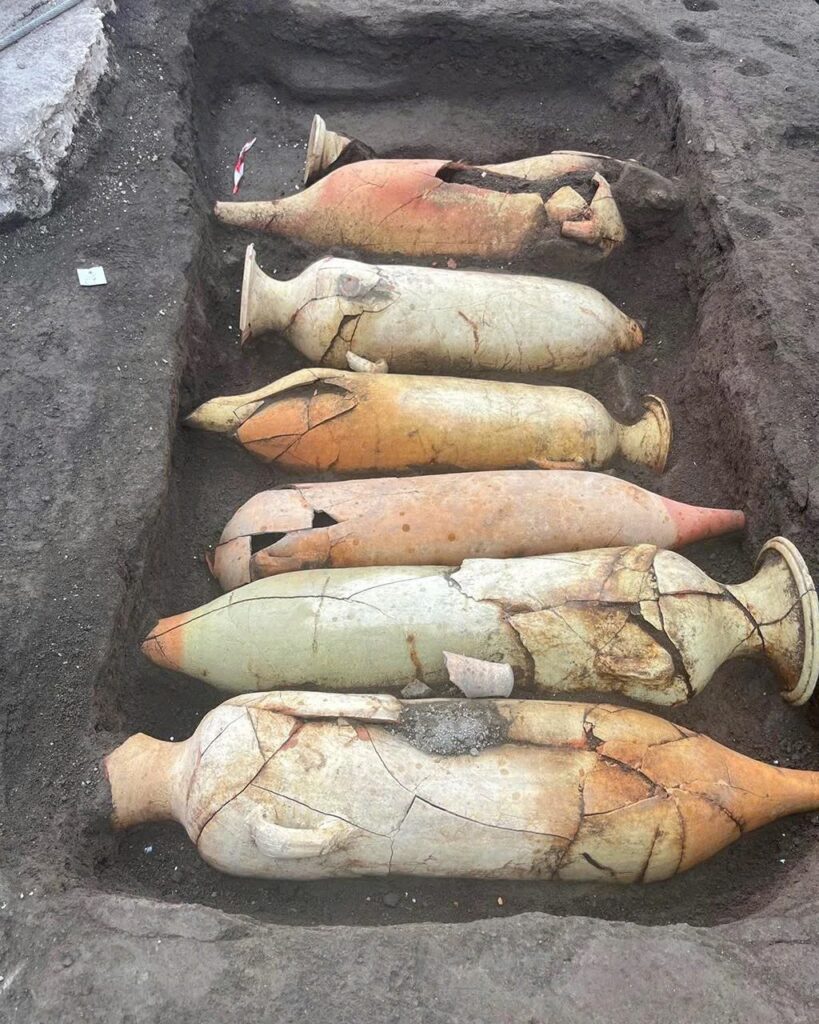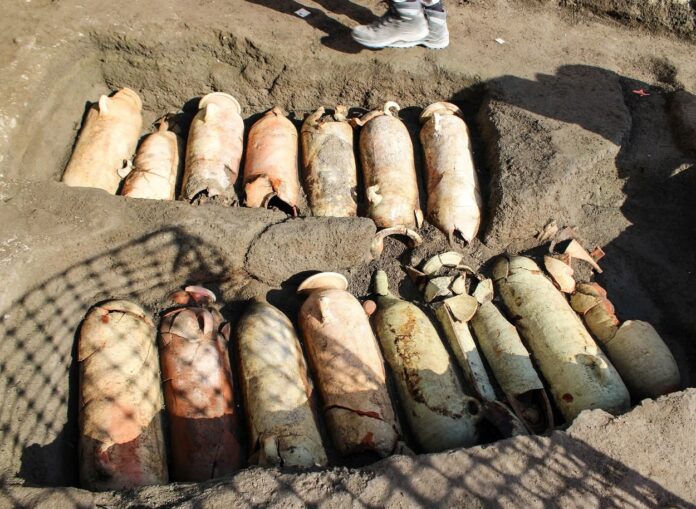Archaeological Treasures Unearthed Near Pompeii’s Eastern Edge

Archaeologists working near the famous Roman ruins of Pompeii have made a series of remarkable discoveries, offering new insights into the area’s pre-Roman history. The findings, revealed during construction works for an underground car park, paint a vivid picture of life and death in ancient Italy.
A Necropolis Frozen in Time
The excavations uncovered a fascinating necropolis containing 35 pre-Roman earthen pit burials. Each grave was meticulously covered with amphorae, arranged in an alternating neck and tip formation. Dating from the 3rd to 1st century BC, these amphorae bear makers’ marks in the Punic language, suggesting North African origins and hinting at far-reaching trade connections.

Preserved Remains and Precious Artifacts
Thanks to the anaerobic conditions created by groundwater, the skeletal remains in the necropolis are exceptionally well-preserved. Alongside the bodies, archaeologists found funerary objects including unguentarians (small ceramic bottles) and coins, offering glimpses into ancient burial practices.
A Canal Rich with History
A nearby canal yielded a treasure trove of pre-Roman artifacts, likely from disturbed burial sites. The finds include hundreds of tile fragments, preserved wood, amphorae, and dolia – large earthenware vessels used for storage and transportation. Perhaps most intriguing are the 20 small columella made from volcanic stone, tiles stamped in the local Oscan language, and a stone head carved from grey Campanian tufa, still bearing traces of red paint.
Fields of the Past
Beneath layers of Vesuvian pumice, archaeologists uncovered evidence of an extensive field system that once supplied Roman Pompeii with fresh produce. The discovery of furrows and pits, along with ongoing analysis of organic remains and pollen, promises to reveal the types of vegetables grown in these ancient fields. Early indications suggest that perennial artichokes may have been a local specialty.
A Window into Pre-Roman Pompeii

These discoveries offer a rare glimpse into the region’s history before the rise of Roman dominance. From the North African influences evident in burial practices to the agricultural systems that fed the growing city, each find adds a new piece to the puzzle of ancient Pompeii’s rich and complex past.
As archaeologists continue their work, who knows what other secrets this storied land may yet reveal about the civilizations that flourished in the shadow of Vesuvius?

